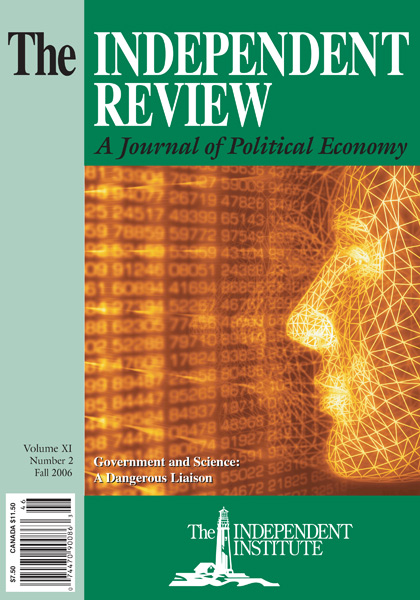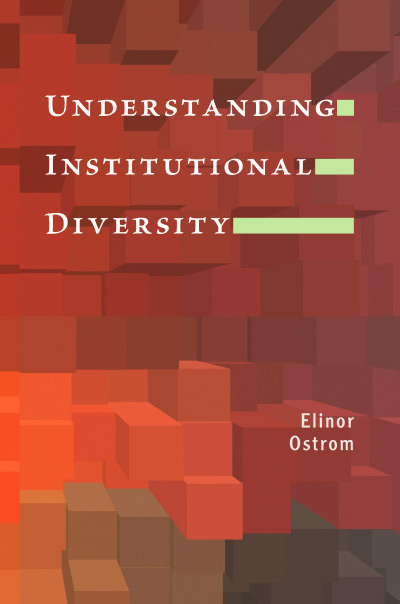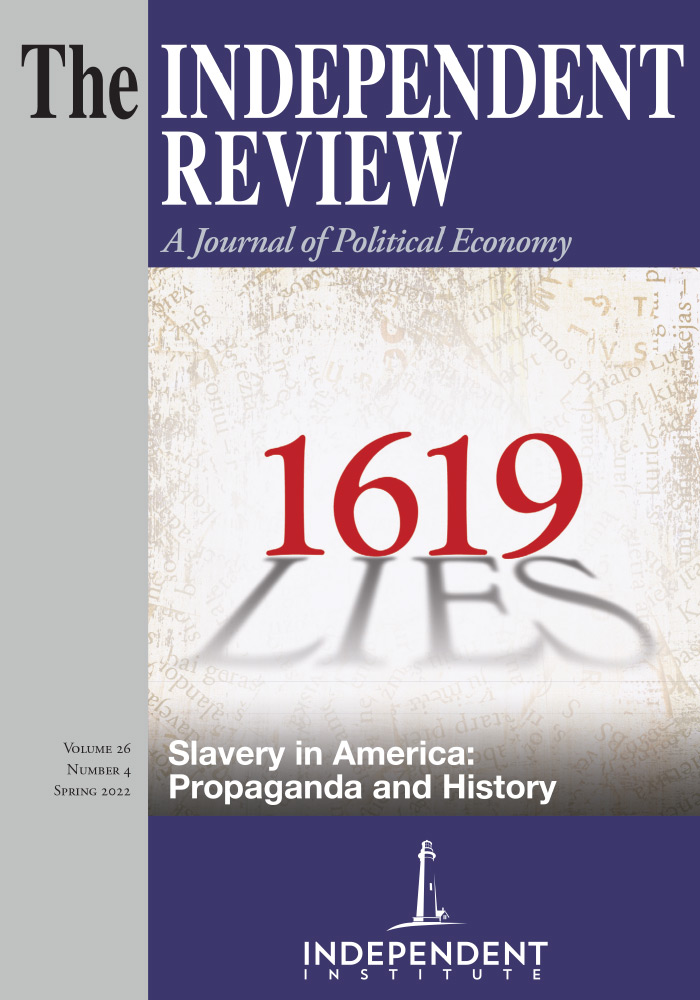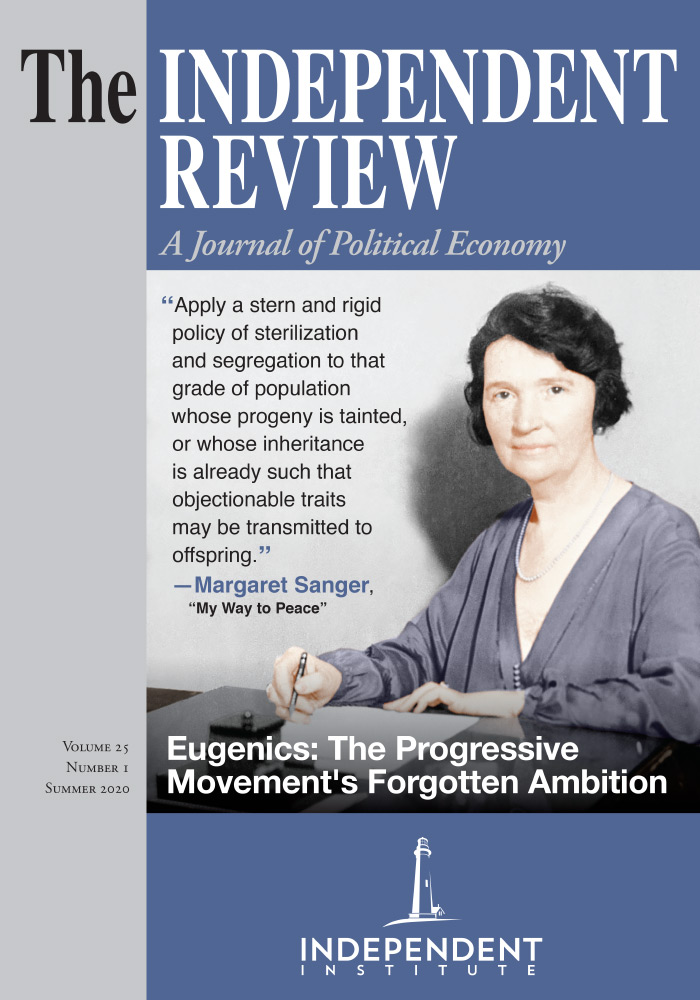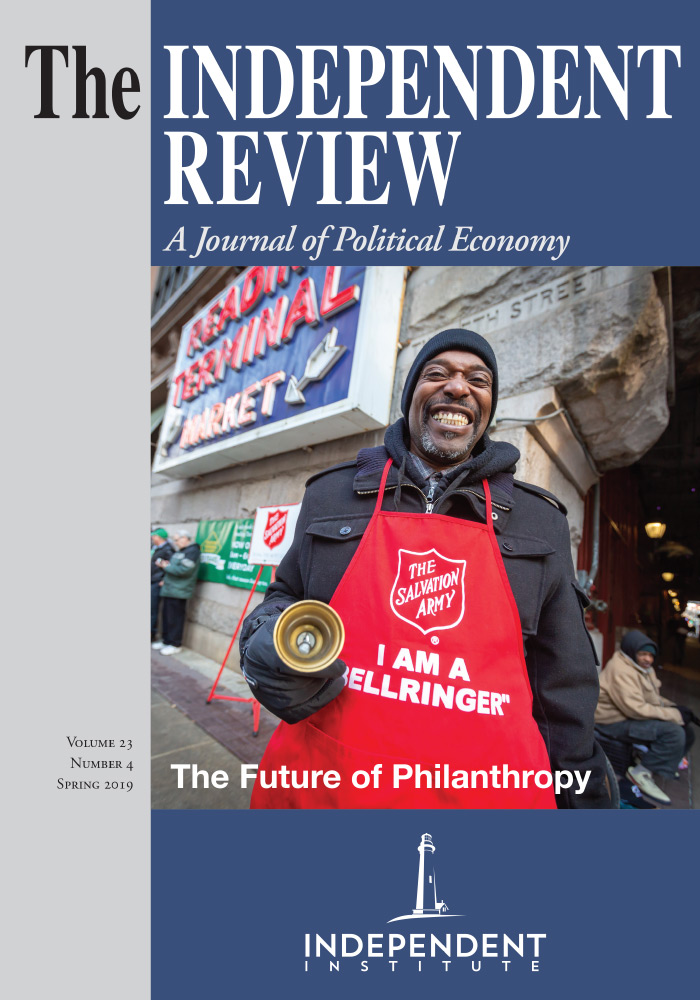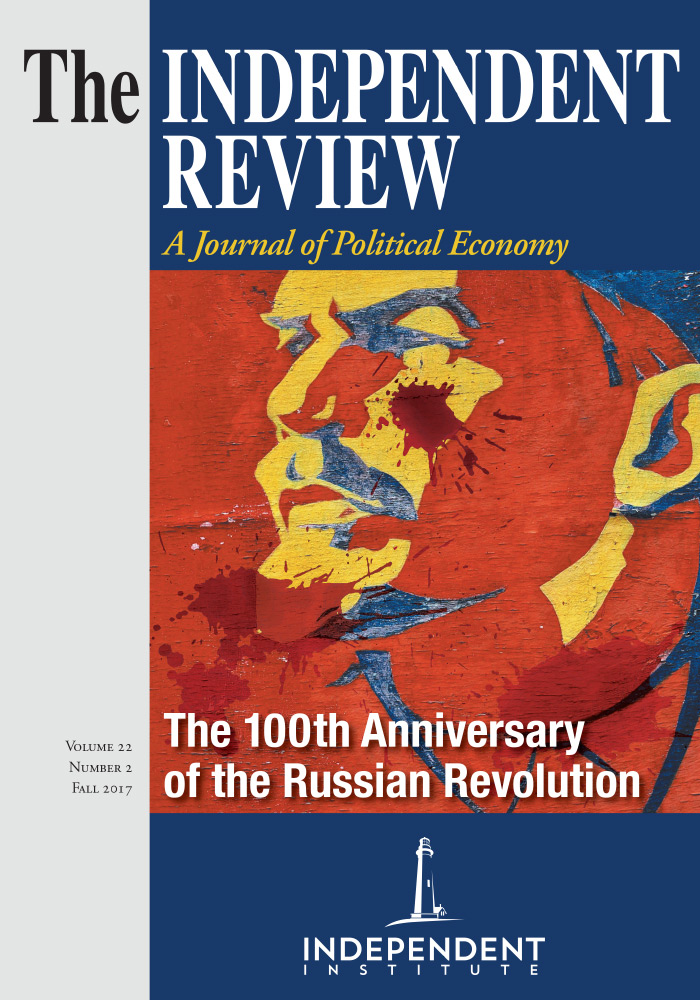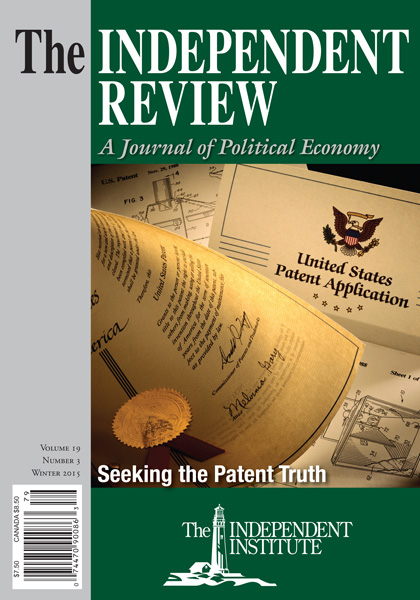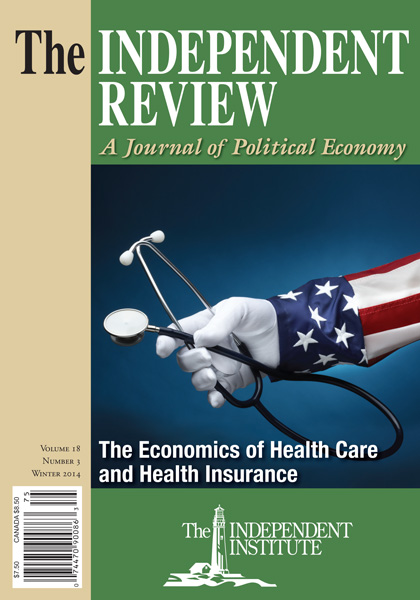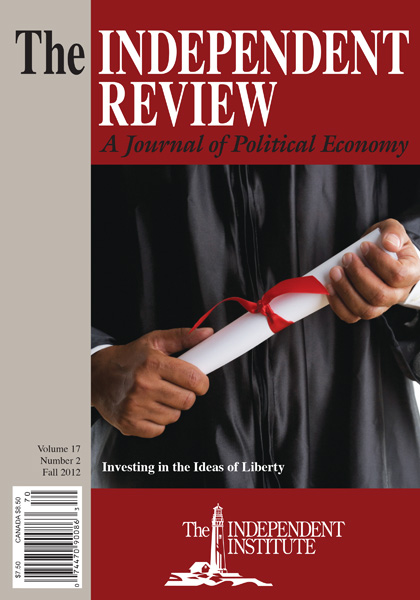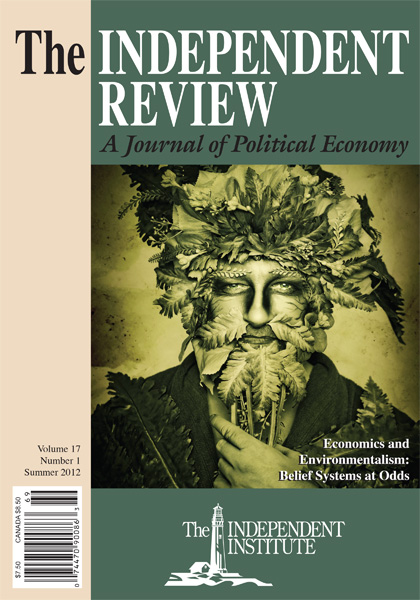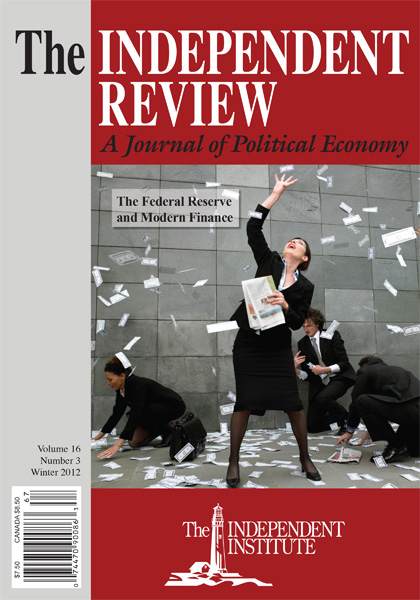Perhaps no other social scientist is more closely associated with the study of institutions, their development, and their impact on human decision making and resource use than is Elinor Ostrom. She truly is the leader in the field, and scholars and policy-makers everywhere are indebted to her for her energetic and wide-ranging efforts to tackle the big questions of how to mitigate the losses of the commons.
In Understanding Institutional Diversity, Ostrom describes her own work as well as that of her many students and her even more numerous colleagues at the Indiana University Workshop in Political Theory and Policy Analysis. The conclusion that “institutions matter” in economic and political behavior and performance is now commonly repeated in the literatures of political science, economics, and sociology. But much less effectively discussed are just what this statement means, how beneficial institutions come about, why seemingly harmful institutions persist, and why such a diversity of institutional arrangements exists.
These questions, however, are the ones that have long challenged Elinor Ostrom. How she has come to think about them and her assessment of the state of our understanding are the subjects of this excellent book. Because Ostrom is eclectic in her use of the terminology of game theory, political science, sociology, and economics, her analytical frameworks can sometimes seem as complex as the empirical phenomena she seeks to explain. Further, the testable predictions she discusses are not always straightforward. For these reasons, this volume may challenge some economists who are looking for a simpler and more predictive paradigm. Such concerns should not detract from what Ostrom has accomplished, however, or from the research objectives she lays out for social scientists. Simpler paradigms are not always available or appropriate.
Ostrom has always asked the big questions and has attempted to answer them with the accumulated knowledge drawn from many case studies across many diverse settings. Gleaning broad conclusions from narrow studies and laboratory experiments is a formidable task when the underlying empirical conditions are so different. Yet this approach is the only way in which useful knowledge can be gained about institutions, their evolution, and their effects. There are no handy quantitative time series and cross-sectional data sets for precise econometric analysis to deal with the questions Ostrom asks. Rather, individual laboratory experiments must be designed, messy case analyses performed, and their results assessed and accumulated before useful conclusions can be drawn. No theory fits all situations or is elastic enough to provide direction for the research at hand. For all of these reasons, Ostrom, her students, and colleagues have borrowed extensively from game theory, economics, political science, sociology, and anthropology to form an interdisciplinary “stew” to inform their analyses of institutions. This approach will not satisfy everyone, but it represents an ambitious and extremely worthwhile effort to understand better the myriad of institutional arrangements that have been devised to organize and manage resource use.
The book is divided into three parts: in part 1, the author describes analytical concepts useful in examining institutions; in part 2, she focuses on the hierarchy of rules that govern human behavior; and in part 3, she summarizes some key case studies of how institutions have been developed to mitigate the losses of the commons. There are extensive footnotes, and the bibliography includes some of the major work in institutional analysis and common-pool problems.
Chapter 1 outlines the challenges of understanding the wide array of institutional arrangements and outcomes across diverse resource settings. Four core questions are posed for consideration in the rest of the volume: Is it possible to generalize from the assorted social interactions in markets, hierarchies, families, sports, legislatures, and elections to describe common factors? Can these factors be used to explain a variety of organizational behavior, ranging from commodity markets to universities, religious orders, and transportation systems? Can a multilevel analytical structure be devised to explain regularities of human behavior? Is it possible to develop a consistent framework for analyzing local problem solving as well as national and international interaction? Ostrom claims that the answer to all of these questions is yes, and she directs the rest of the book to explaining how such an analytical structure is possible.
Chapter 2 develops a generic approach, identifying exogenous variables, predicted actions, and implications for further empirical analysis and theoretical development. She uses game theory to illustrate an approach to institutional analysis. In my view, game theory is useful for organizing observations, but its effectiveness in successfully drawing testable implications for empirical analysis is less well demonstrated. Nevertheless, Ostrom goes on to identify individual actors, to specify motives, to describe rules of behavior, and to outline predictions. She uses a series of different collective-choice rules to illustrate how they might change behavioral outcomes, but stresses the importance of limited information and uncertainty. She continues with a multilayer structure to link outcomes with local rules, broader constitutional limits, and metaconstitutional factors. She concludes with a discussion of predicting and evaluating outcomes with respect to economic efficiency, equity, flexibility, and accountability.
Chapter 3 applies this generic approach to the design and use of laboratory experiments. Trust and commons problems are described with references to various studies that have considered these issues. Face-to-face communication, repeat contracting, and players’ heterogeneity are described with regard to how they can influence laboratory outcomes. The chapter ends with a summary of some of the conclusions provided by game theory and laboratory experiments on the commons.
Chapter 4 summarizes empirical research on a multitude of institutional settings involving collective-action problems and social dilemmas in resource use. It describes the implications and effects of competition, imperfect information, limited cognitive processes, and environmental complexity. And it ends with a discussion of analyses of collective action, problems of the common pool, and how resource use is influenced by heterogeneity, norms of behavior, and institutional evolution.
Chapters 5 through 7 provide what Ostrom calls a “grammar of institutions” to define and classify three essential components of institutional analysis: strategies, norms, and rules. Although she does not want to be a prisoner of a paradigm, she sees the importance of well-defined terms and generalizable relationships when confronting so many different institutional settings. She classifies rules according to whether they define actors’ positions, the resource’s boundary, choice variables, aggregation, information, payoffs, scope, succession, and exit. All of these conventions are critical aspects of any institution, and how they are implemented or how they constrain decision makers importantly affects the institution’s success in improving welfare. She notes that implementing and enforcing rules are costly processes, and, in the case of boundary rules, the costs of demarcating property rights can determine their extent and usefulness in addressing the commons.
Part 3 of the book, which comprises chapters 8 and 9, is perhaps the most satisfying section because here Ostrom applies the rules, definitions, and frameworks introduced in the previous chapters to concrete cases and laboratory experiments. These two chapters also are valuable because they provide bibliographic summaries of some of the major scholarly empirical work regarding common-pool resources.
Ostrom summarizes the rules found in self-organized common-pool resource regimes and lists the range of institutional innovations that exist in local inshore fisheries, community forests, group livestock herds, and irrigation systems. These institutions have constrained free riding and limited individual access and use. Group members are given access, whereas nongroup members are denied, and this arrangement in itself tends to reduce competitive pressures, but more action is necessary. Within the group, some type of property or use right must exist. Ostrom summarizes the internal allocation rules that have been adopted for the assignment of those rights in several empirical cases she and others have studied. She concludes by observing that many key common-pool resource problems can be solved successfully and flexibly by local collective action that does not require intervention by outside third parties. She recognizes that these options, however, are less successful when the group is large and heterogeneous. Finally, she summarizes long-enduring institutions’ design principles for governing sustainable resources. These principles include clearly defined boundaries, proportional equivalence between benefits and costs, effective monitoring, sanctions, and conflict resolution mechanisms. Each is illustrated with examples from case studies.
All in all, Understanding Institutional Diversity is a comprehensive book on the management of the common pool. It includes overviews of major theoretical issues and empirical studies. Anyone who is interested in how common-pool problems are or are not successfully resolved by locally devised arrangements should read it.
| Other Independent Review articles by Gary D. Libecap | |
| Fall 2022 | When Fracking Comes to Town: Governance, Planning, and Economic Impacts of the U.S. Shale Boom |
| Winter 1996/97 | Land Rights: The 1990’s Property Rights Rebellion |

